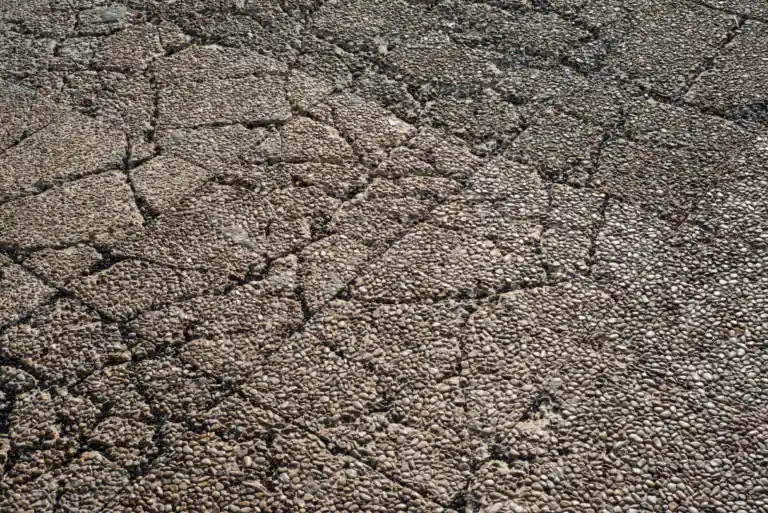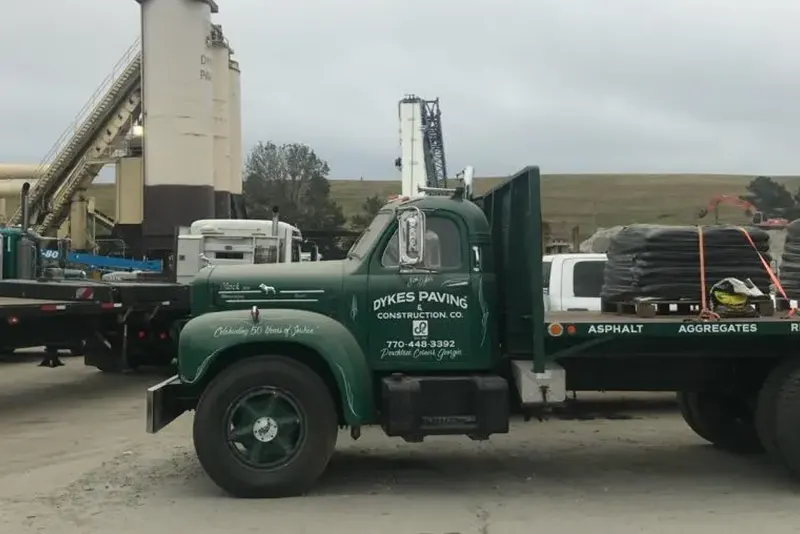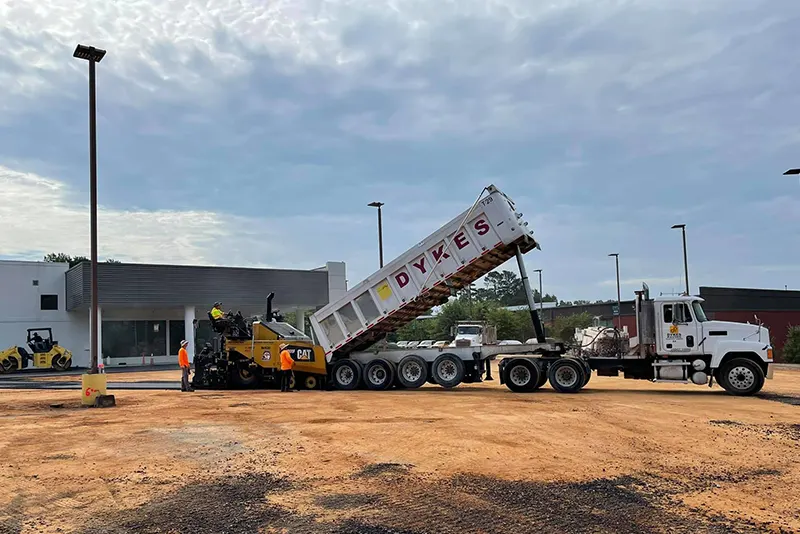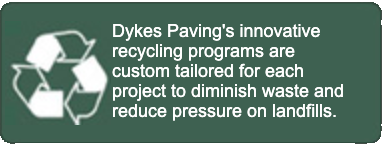Who would think that asphalt could be so popular? But a 2012 TED talk about a self-healing asphalt technology has garnered nearly half a million views since being posted in February. In it, Dutch civil engineer Erik Schlangen does some cool kitchen science using a microwave to mend a bar of asphalt. His demonstration, and the promise of better roads from the technology, are fascinating.
Although it occurs naturally, most asphalt is made from petroleum. In the United States, 85% of asphalt is used for roads. A typical road is composed of roughly 5% asphalt material and 95% aggregates, which are usually stones and sand. A durable road surface is made when the asphalt clings to the aggregates.
If you drive a car then you’re also familiar with the problems of asphalt paving. Cracks, potholes and windshield damage from loose aggregates are all examples of what happens when the binding power of asphalt naturally decays. This can happen due to changes in the weather, damage from general use and vibrations under certain conditions. Once the asphalt begins to break down, tiny cracks form, loosening the binding between materials, ultimately creating potholes and raveling.
A Kitchen Solution
What is the solution? Turns out, it was right in our kitchens all along. Steel wool threads (like those used for scrubbing pans) are used in the creation of the asphalt road itself, placed within the bitumen substance that goes between the aggregates. Then induction heating comes into play. Induction involves the rapid excitement of metal to create heat through the use of magnets. When an alternating current is sent through a coil, it can create an oscillating magnetic field that heats the molecules within ferromagnetic metals. In this case, the steel wool is the metal. When self-healing asphalt is heated, it becomes malleable and liquid again. Schlangen demonstrated the heating and cooling process using a microwave on stage. The process was fast enough that the asphalt block he broke was mended by the end of his seven minute talk.
Is This the Road of the Future?
The cost of maintaining US roads is a lot higher than most people realize. In 2005, the Federal Highway Administration was granted $286 billion to provide much needed repairs and upgrades to the national highway infrastructure. Much of this goes towards mending roads. If this new form of self-healing asphalt is implemented into roads, it is estimated that inductive heating repairs would be necessary every four years. Schlangen says it should double the lifespan of a roadway. Will this happen in the US? In the Netherlands, it has been used successfully on a test section of a highway. However, highways in the Netherlands use porous asphalt, which also reduces noise and allows effective water drainage. Porous pavement has been demonstrated to work fine on US roadways. Hopefully these new technologies will be coming to more roads soon.








